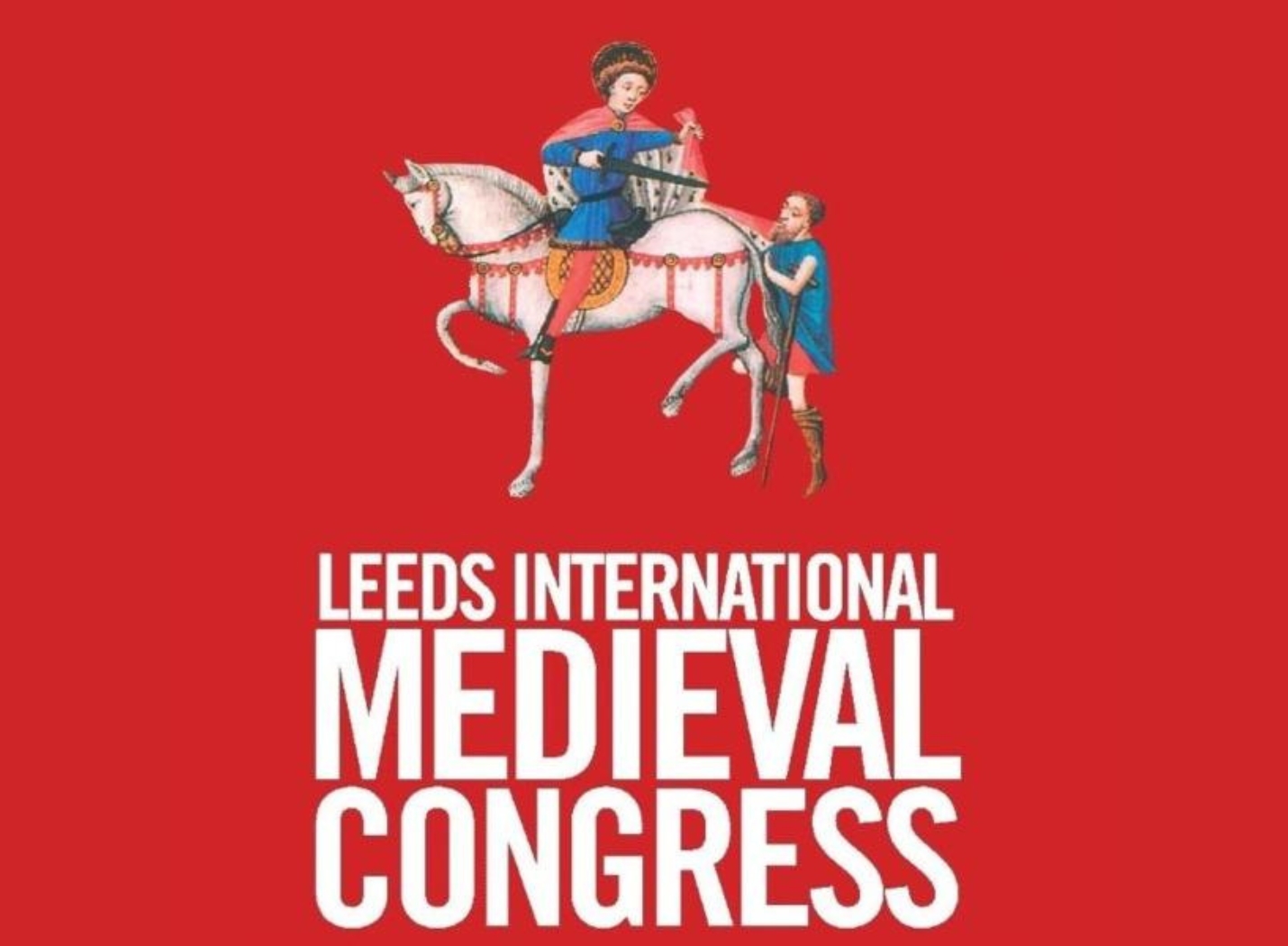
09
2025
Papers of the RECOGNISING SAINTS team at the IMC Leeds 2025
RECOGNISING SAINTS team members presented papers on the International Medieval Congress in Leeds (7-10 July 2025).
Drawing medievalists from 58 countries, with more than 2,300 participants the IMC is Europe’s largest forum for sharing ideas in medieval studies and an obvious must-attend event for every medieval scholar. At IMC Leeds 2025, members of RECOGNISING SAINTS presented preliminary results of their research on various aspects of recognising sainthood.
Cezary Jasiński took part in a double session organised by the Hagiography Society entitled Hagiographical Worlds of Learning. The sessions explore hagiography and the cult of saints as “worlds of learning.” Papers consider what medieval people learned from saints’ lives, the contexts in which they encountered such stories, how much context affected meaning, and who determined what these texts meant. Jasiński presented the paper entitled One Saint, Two Ideals of Monastic Order: What Concepts of the Cluniac Congregation did the Lives of Odilo Propose?, a part of his on the recognition of sainthood in monastic circles, especially in the Cluny congregation. In his paper, Jasiński analysed two biographies of the fifth abbot of Cluny, Odilio, written by Iotsald of Saint-Claude and Peter Damian, which were written in a short period of time and differ little from each other. He argues that the second one was written in order to promote among the monks the kind of Cluniac ideology that Hugh – Odilo’s successor involved in Damian’s work – personally wanted to promote. It promoted a certain vision of the history of the Cluny congregation, focused on the role of successive great abbots, and emphasised the significance of the abbey itself in the congregation, downplaying the importance of other monasteries that were potentially competitive with Cluny.
Grzegorz Pac participate in a double session entitled The Living Dead and the Transmission of Otherworldly Knowledge in Medieval Texts and Images. The sessions discussed medieval images and narratives in which the dead returned to convey special knowledge to the living, appearing in the form of ghosts, visions, and walking corpses, who revealed hidden truths, issued dire warnings, and imparted wisdom about the future and the afterlife. Papers therefore paid a particular attention to the role of the dead as keepers and transmitters of hidden knowledge. Pac presented the paper entitled Dead Man as Court Witness: St Stanislaus, the Knight Peter, and the Struggle for the Rights of the Church in the 13th Century, an fragment of his research on the canonisation of St. Stanislaus. In it, he analysed the story from St. Stanislaus’s vitae how the holy bishop brought the knight Piotr back to life so that he could support him in a court case concerning the property of the Bishopric of Kraków. Pac pointed to analogies in other hagiographic texts and sermons from the period and showed how the hagiographic story fits into the role that the cult of St. Stanislaus played in building the position, including the property position, of the Krakow church. He stressed also that the figure of the deceased witness is used for didactic purposes, to reinforce the Church’s current teaching on life after death.